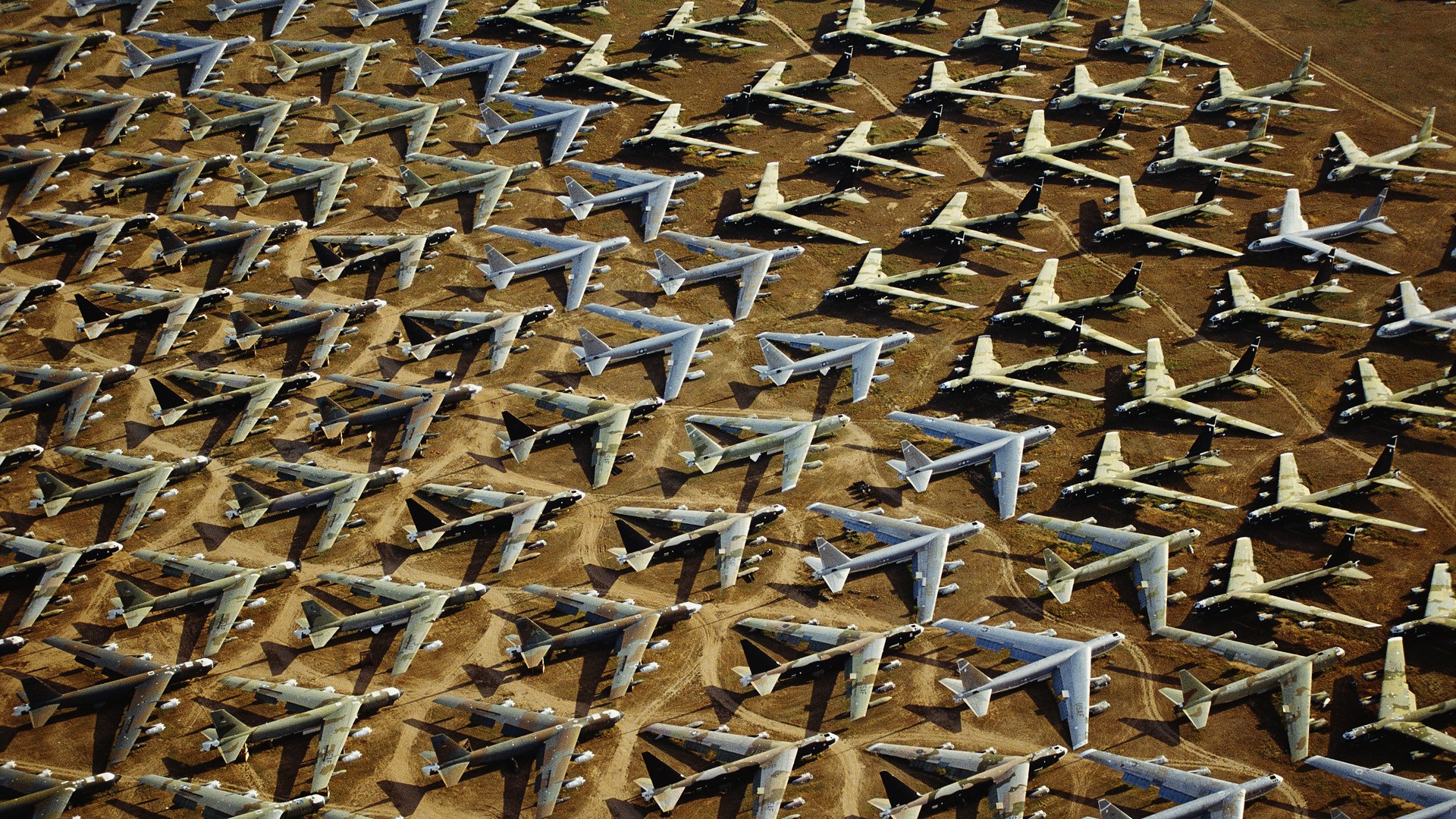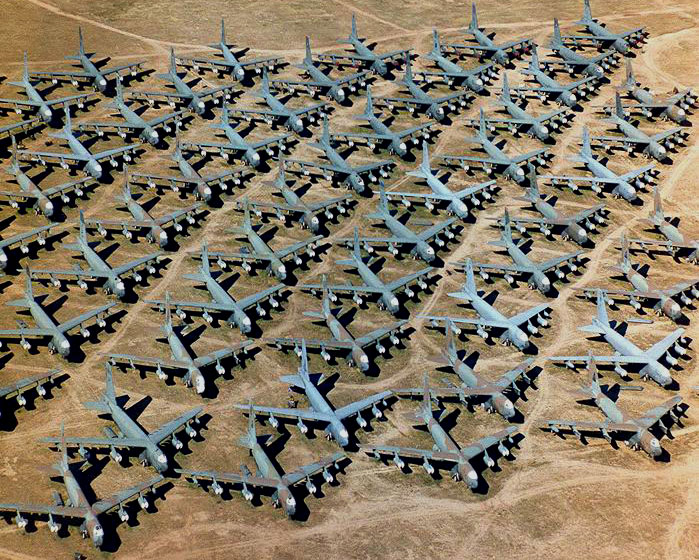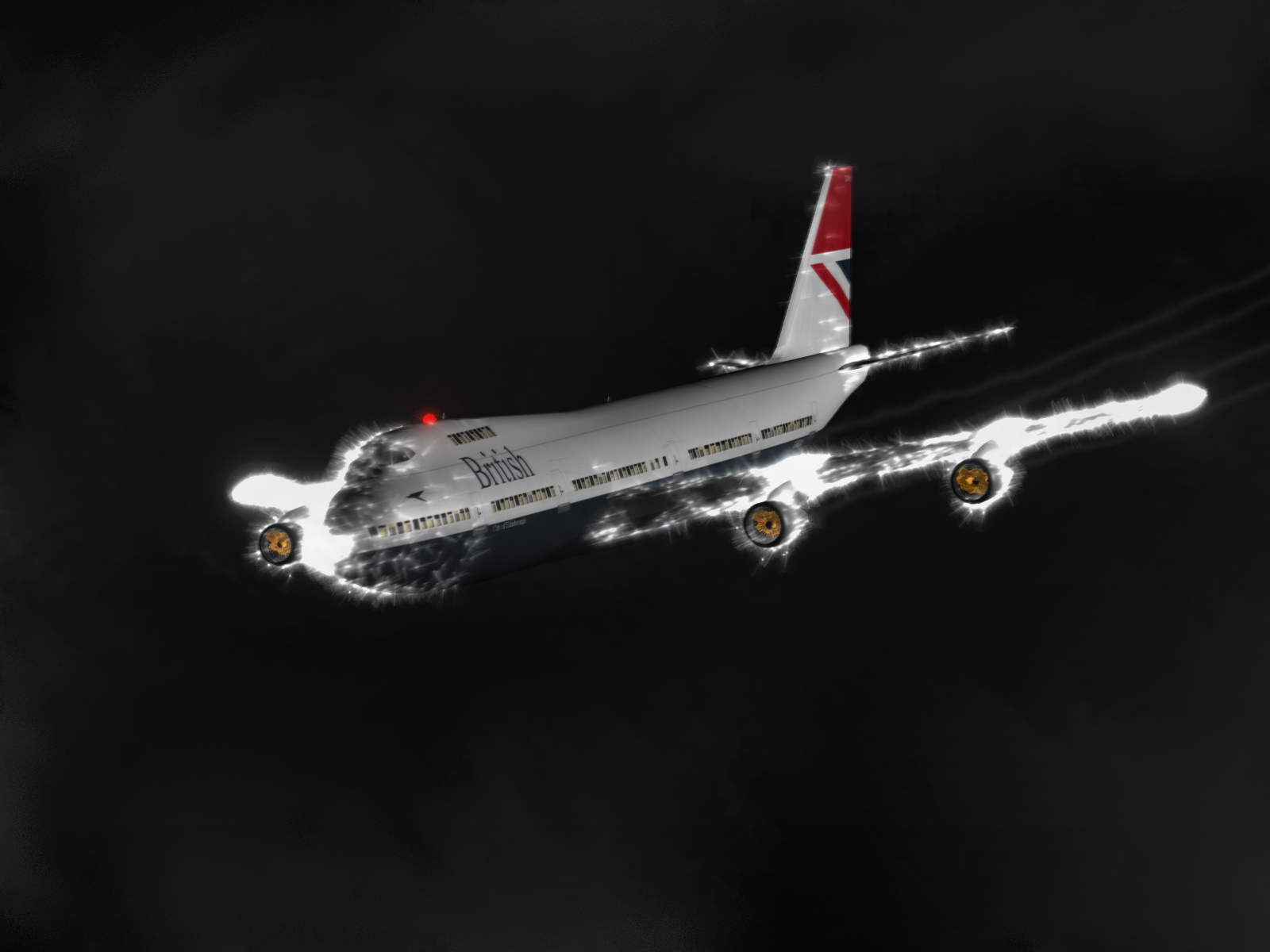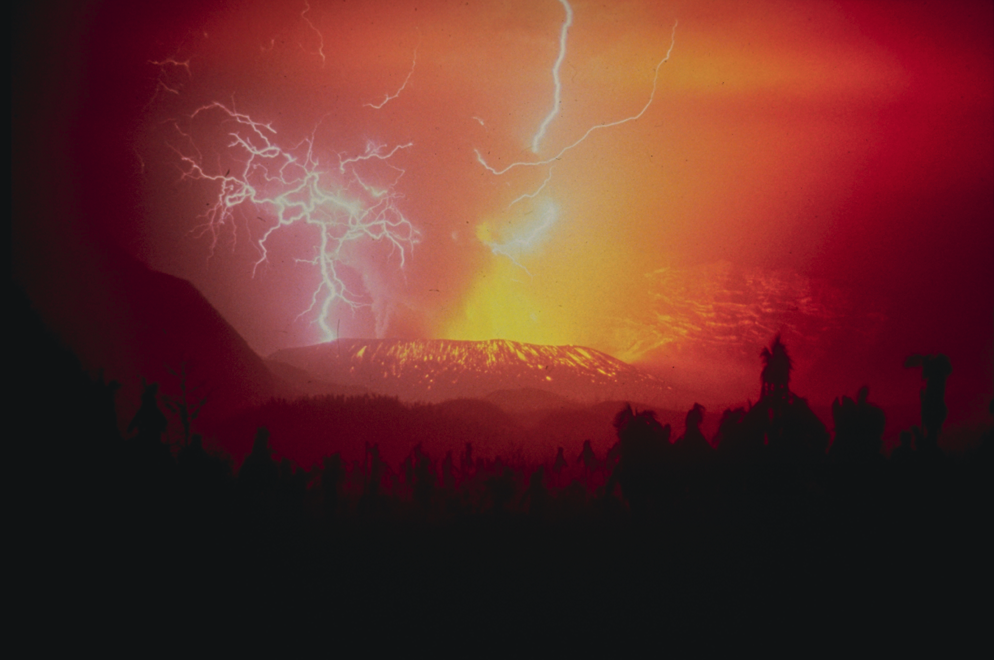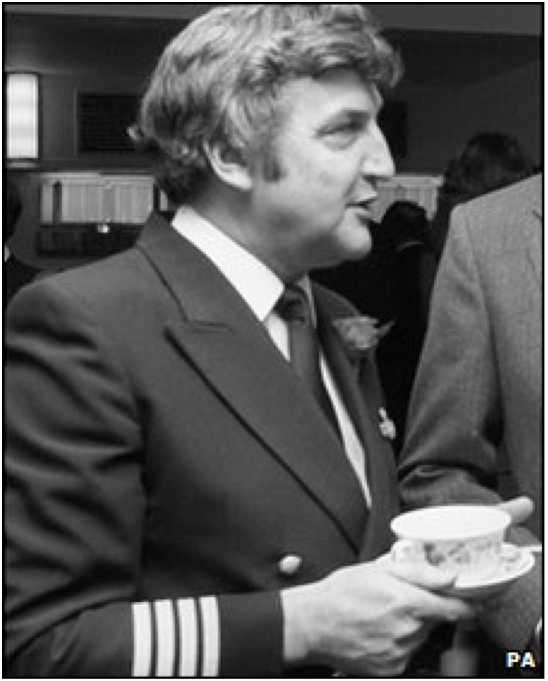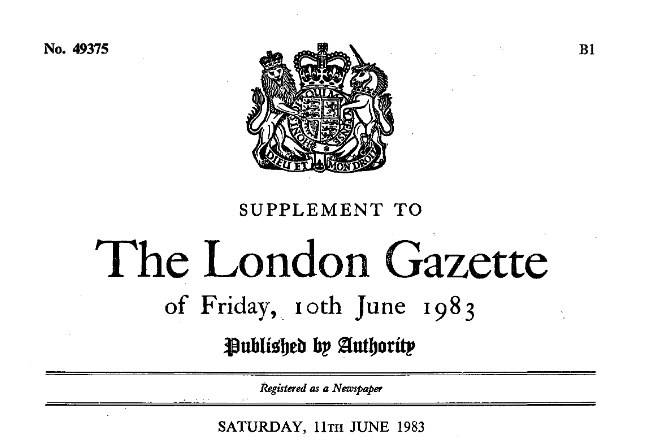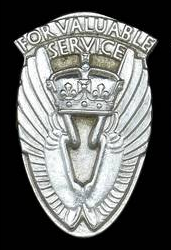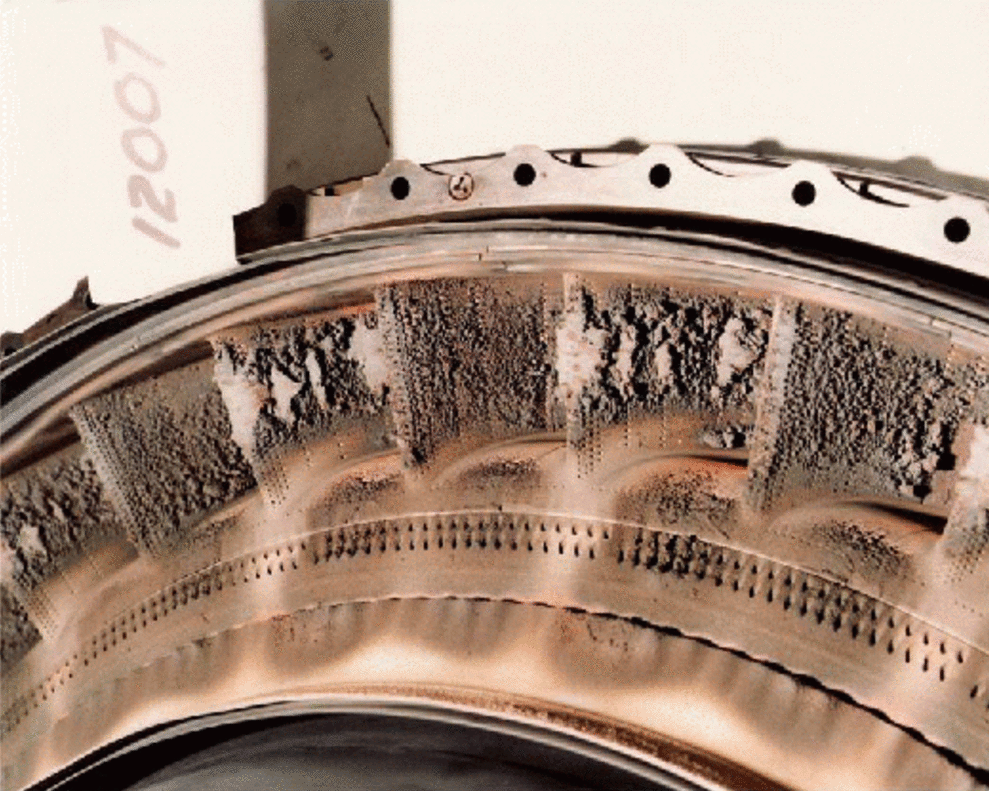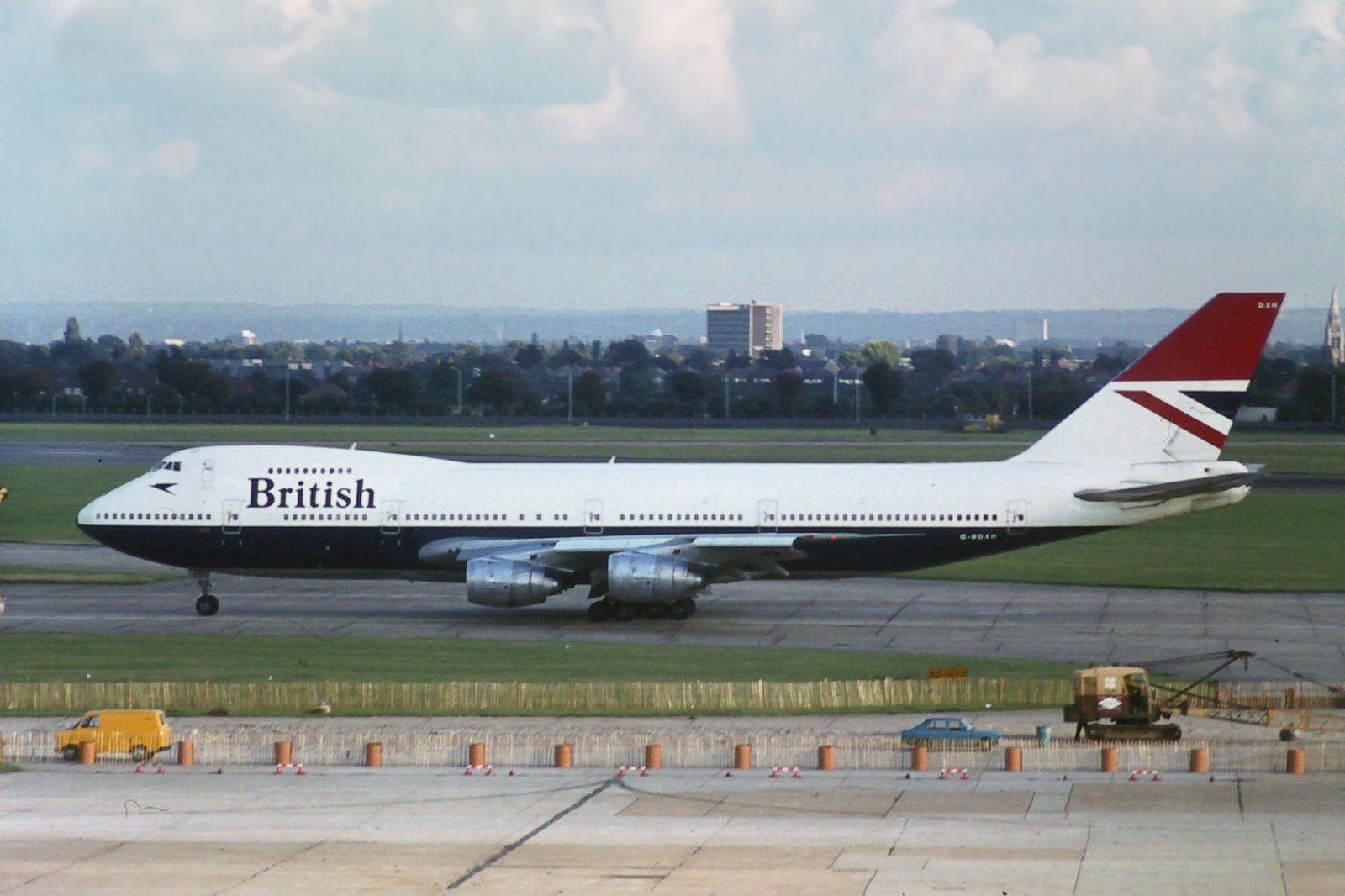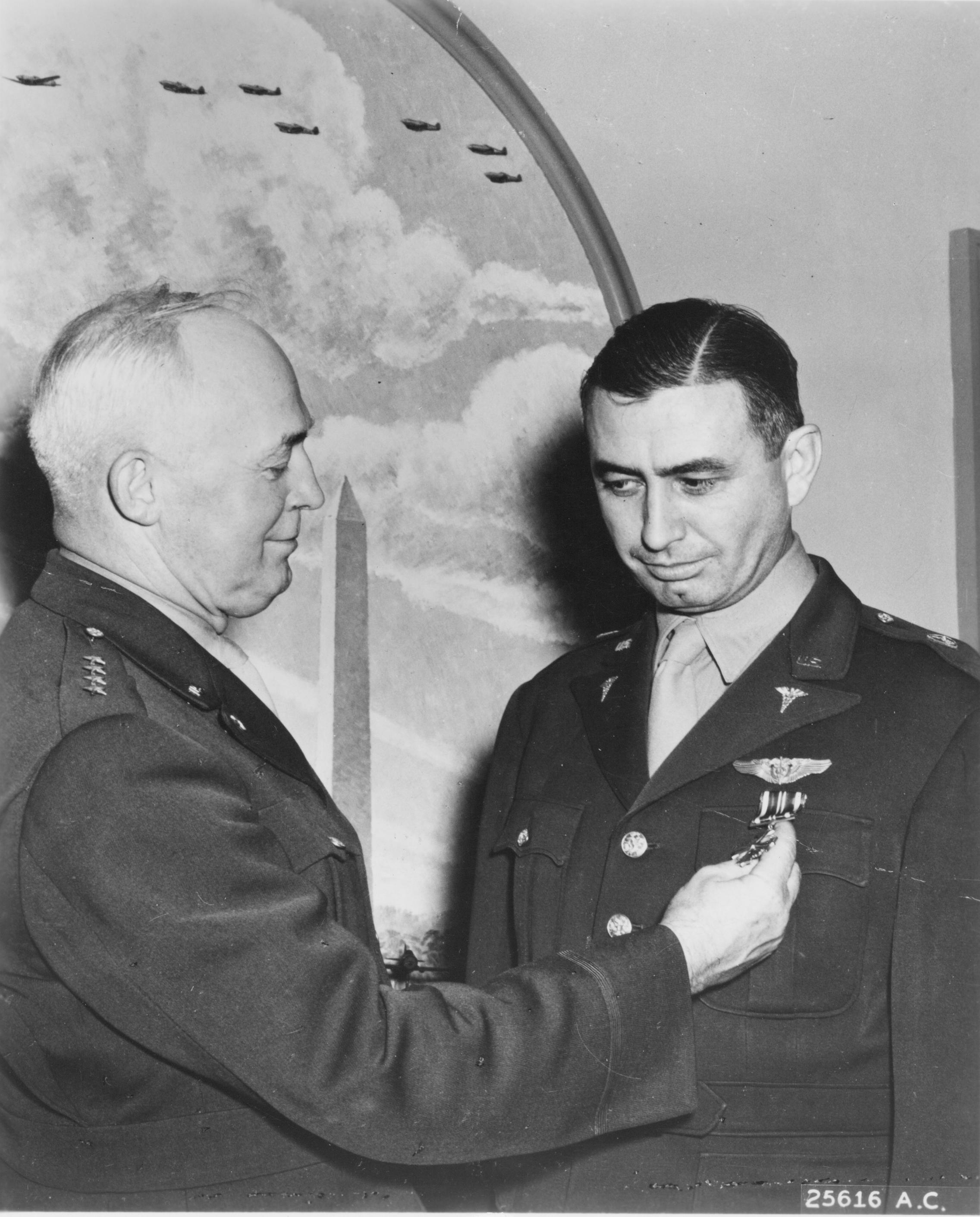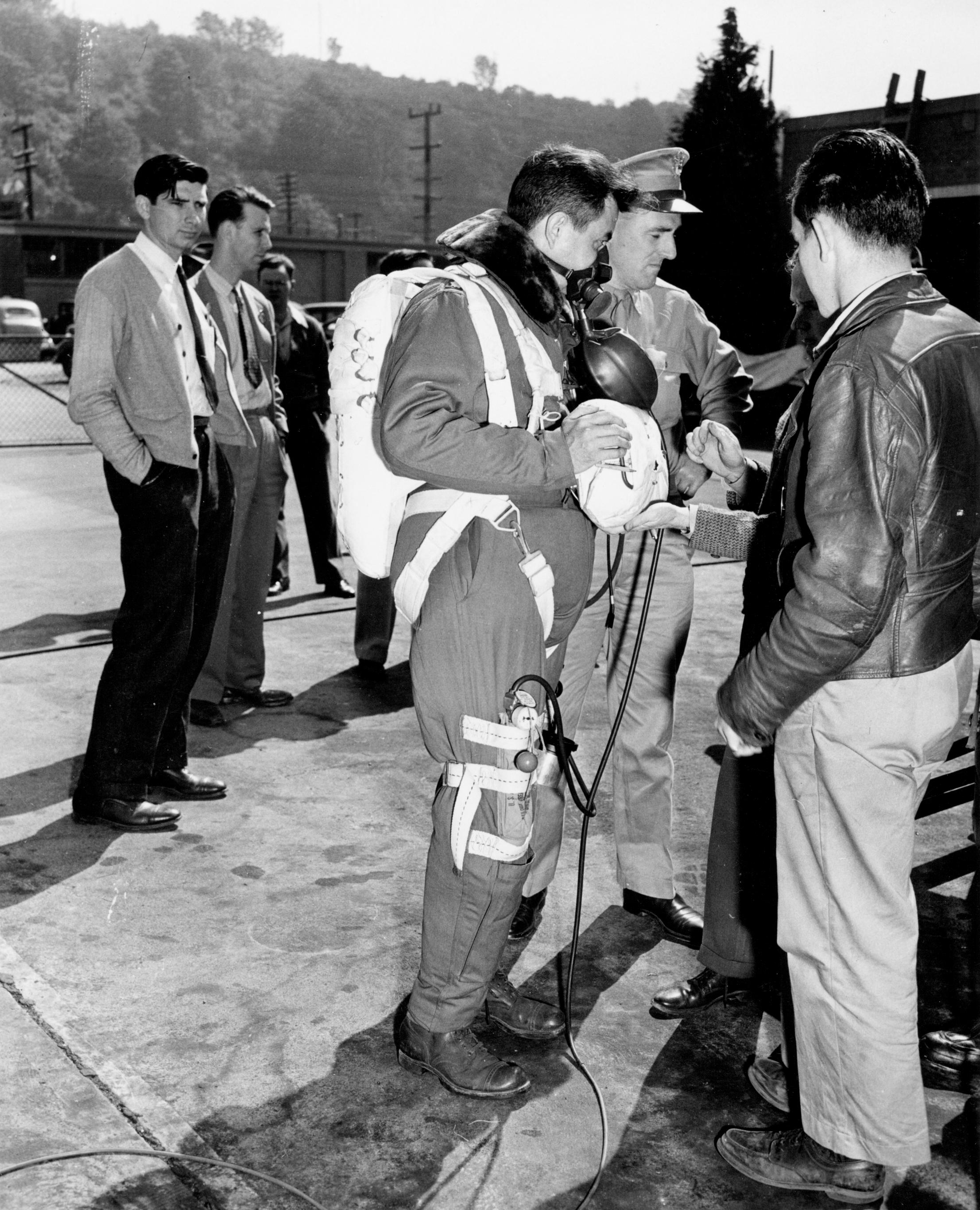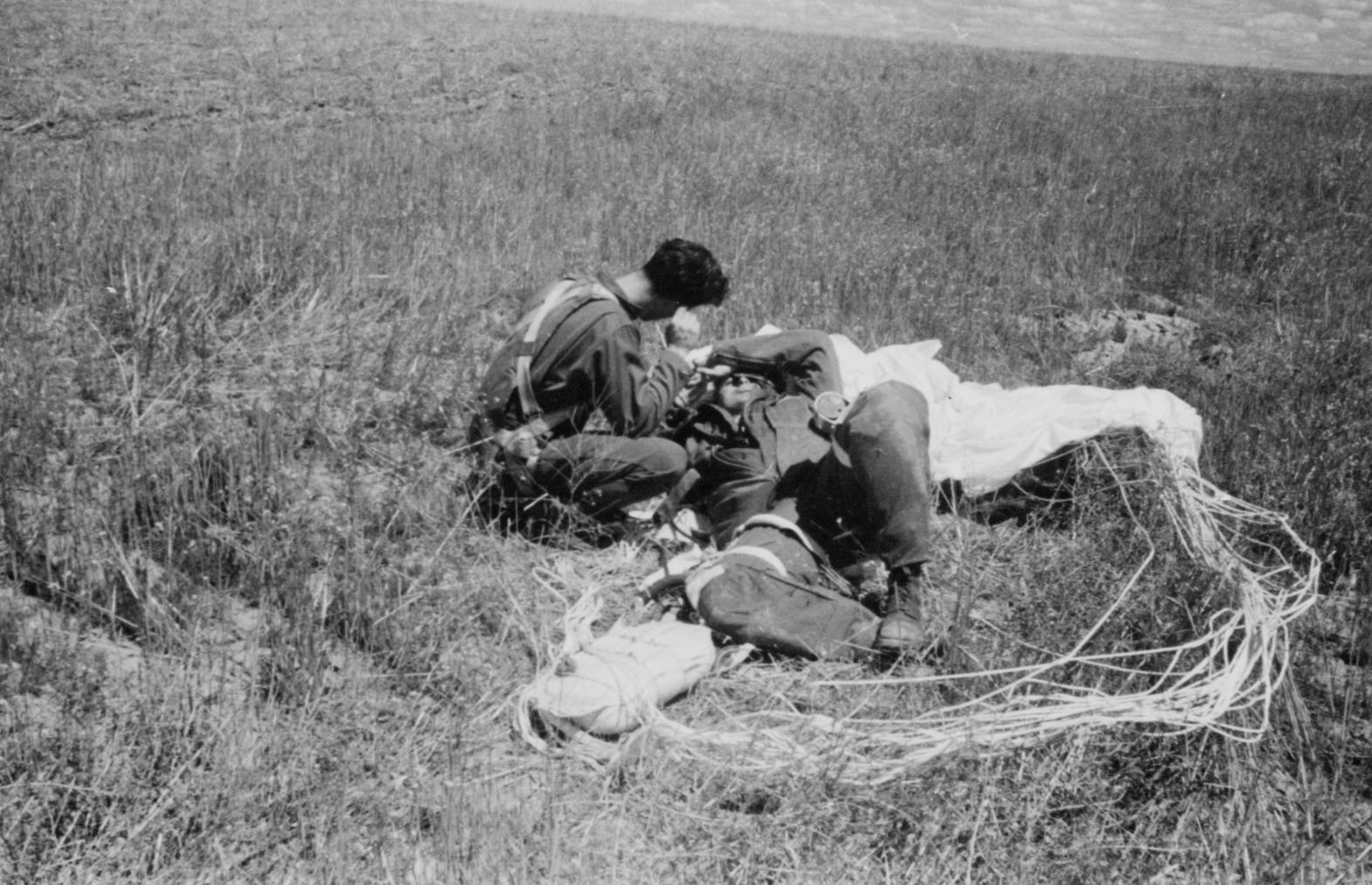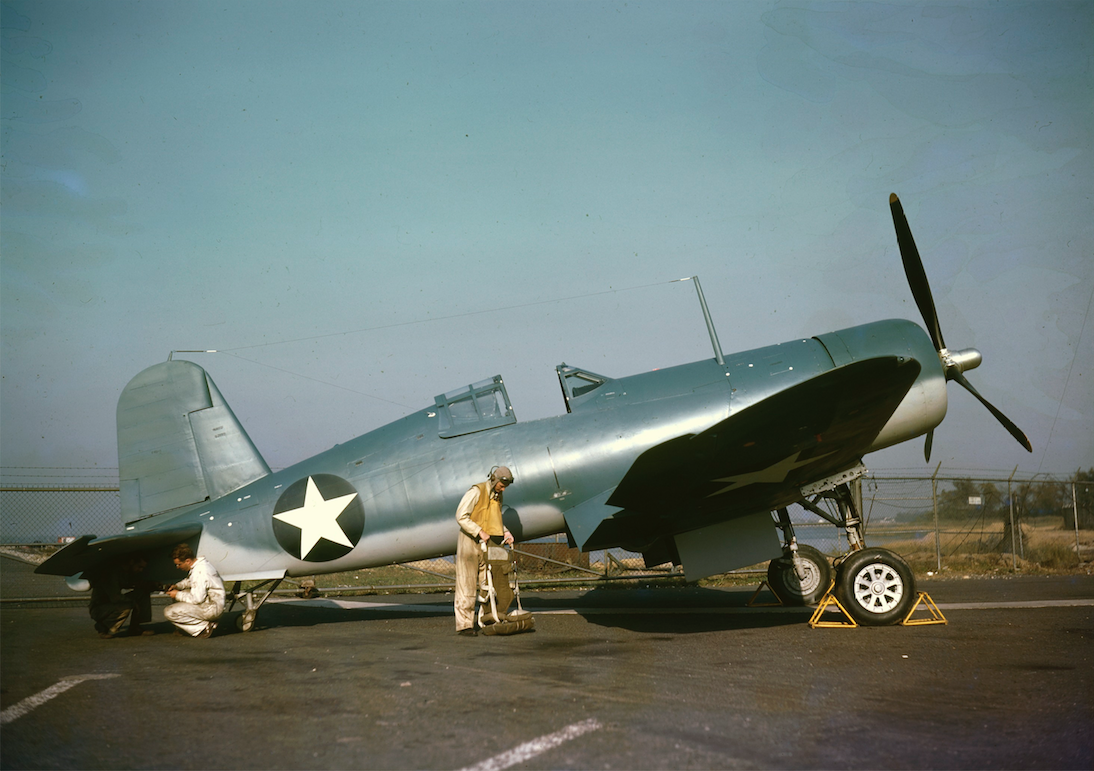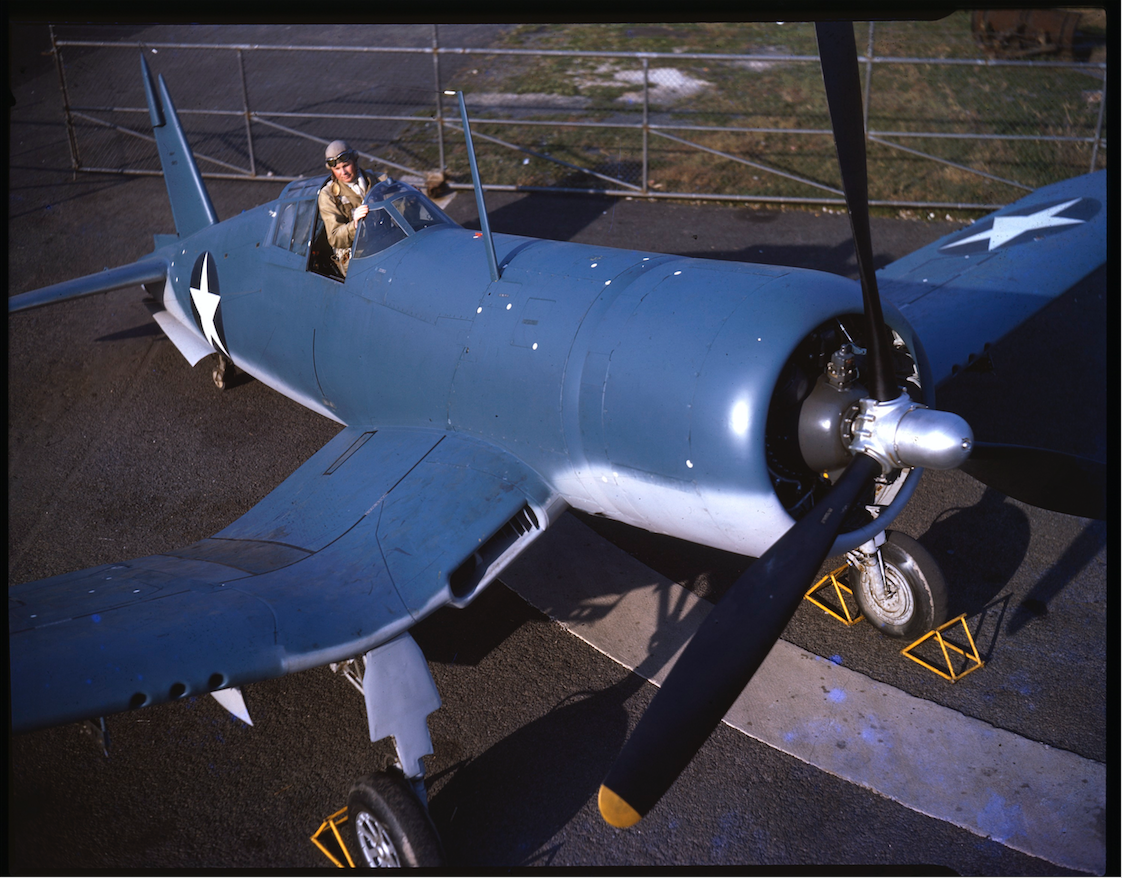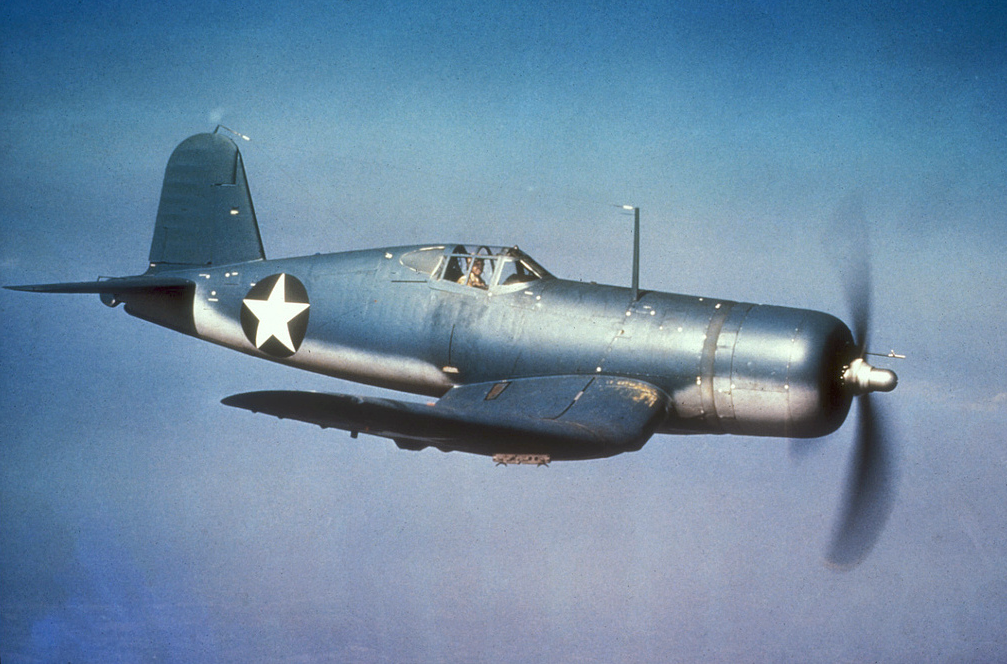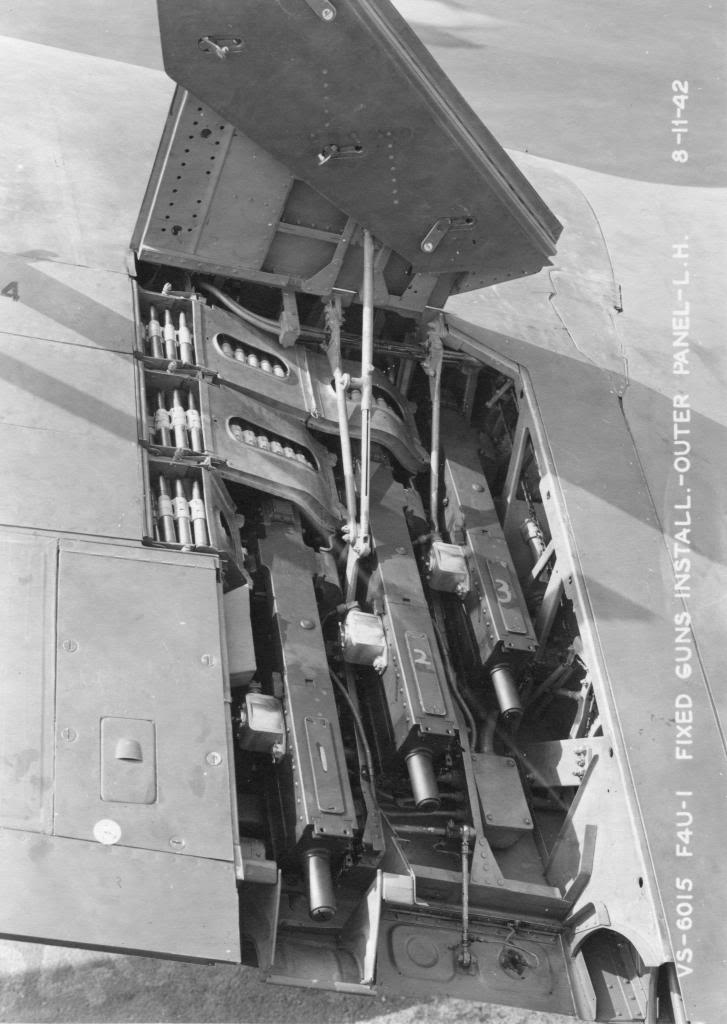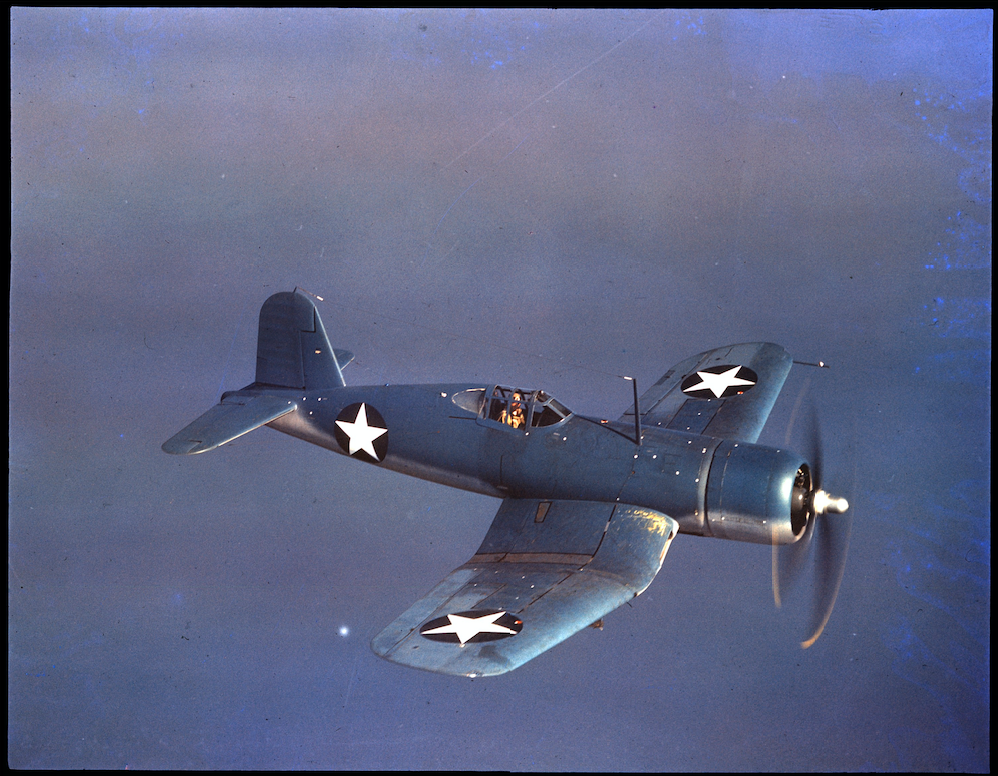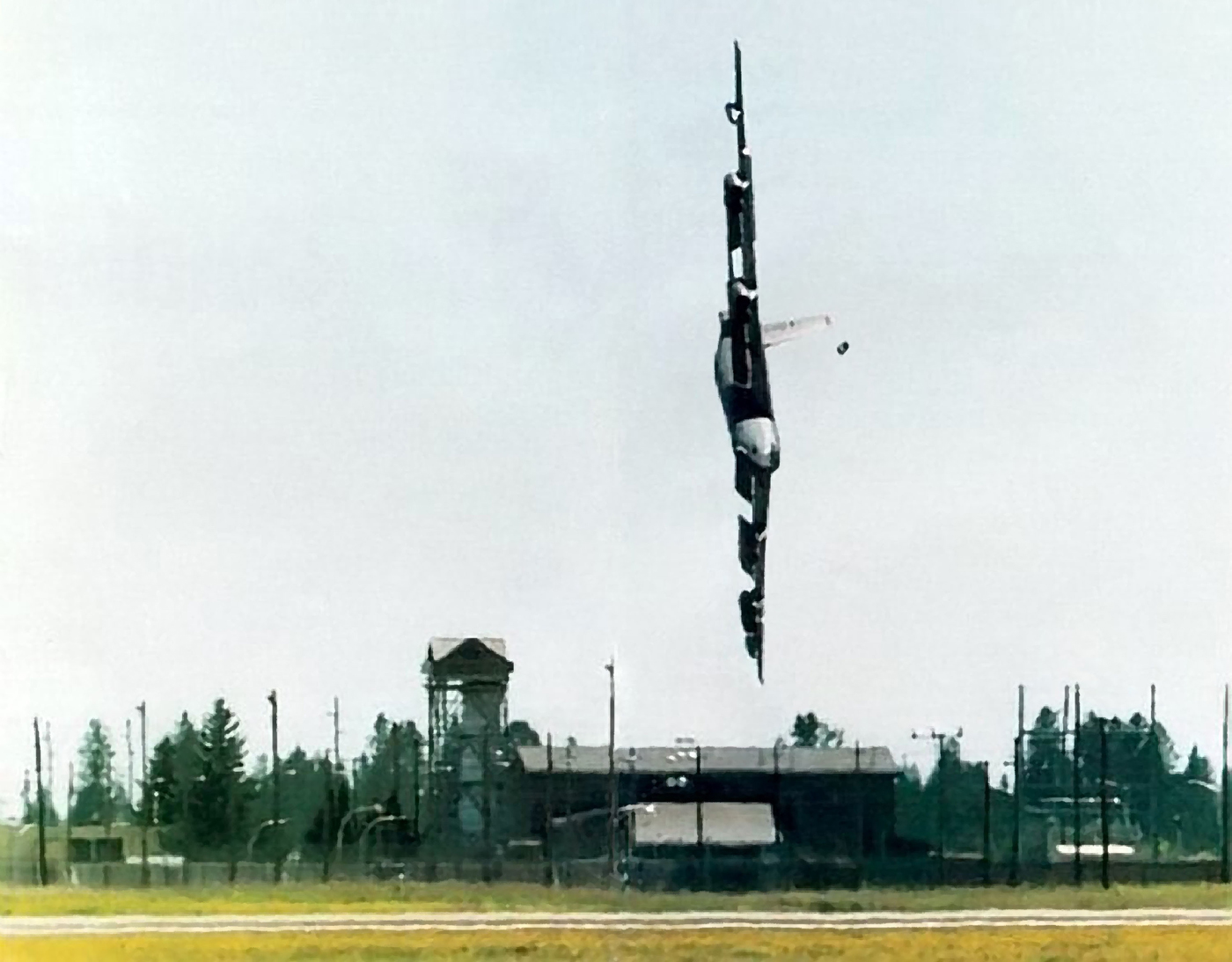
24 June 1994: At Fairchild Air Force Base, southwest of Spokane, Washington, a Boeing B-52H-170-BW Stratofortress, serial number 61-0026, call sign Czar Five Two, was being flown by Lieutenant Colonel Arthur Alan (“Bud”) Holland, the aircraft commander, with Lieutenant Colonel Mark C. McGeehan, commanding officer of the 325th Bomb Squadron, as the co-pilot. The vice commanding officer of the 92nd Bomb Wing, Colonel Robert E. Wolff, was aboard as the designated safety observer. The fourth crew member, Lieutenant Colonel Kenneth S. Huston, the 325th squadron operations officer, was the radar navigator.
The mission was a practice flight for an upcoming air show demonstration. During the 18 minute flight, virtually every maneuver performed by Lieutenant Colonel Holland exceeded the operating limitations of the B-52, and violated Air Force and Federal Aviation Administration regulations.¹
Bud Holland was notorious for his reckless flying. Many crew members had asked not to be assigned to fly with him. Many prior instances of dangerous flying had occurred. Officers in Holland’s chain of command were aware of these violations, but seemed to tolerate them. Only Lieutenant Colonel McGeehan had tried to have Holland grounded, but he was overruled.
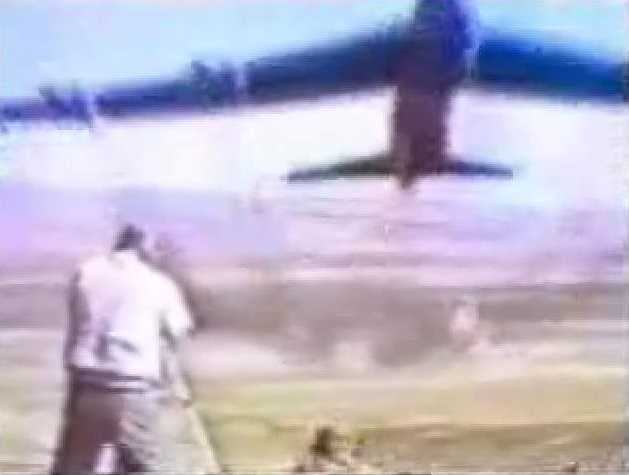
Apparently, Holland thought that he was such a great pilot that he could make the B-52 do anything.
While approaching the runway for a touch-and-go, the control tower instructed Czar 52 to go around because of another aircraft that had just landed and was still on the runway. Holland requested to make a left 360° turn around the tower, which was approved.
At an altitude of just 250 feet (76 meters)—the B-52’s wingspan is 185 feet—Holland put the bomber into a nearly 90° left bank. As he approached the 270° point of the turn, Czar 52‘s wings went beyond the 90° point. Holland added power, but no amount of power could keep the B-52 in the air, now. The bomber simply fell out of the sky, impacting the ground with a 95° angle of bank and 150 knots (278 kilometers per hour) indicated air speed. Lieutenant Colonel McGeehan fired his ejection seat, but did not escape before impact. All four officers were killed.
The following You Tube video shows the actual crash of Czar 52. Other videos available on the internet show the entire air show practice, as well as previous examples of Holland’s dangerous flying.
The crash of Czar Five Two is an example of Command Failure. Everyone in the chain of command knew that Bud Holland was a dangerous pilot, but no one, with the exception of Lieutenant Colonel McGeehan, tried to stop him.
61-0026 was one of the last B-52 bombers built by Boeing before production ended in 1962. It was accepted by the U.S. Air Force on 2 June 1962.
The B-52H is a sub-sonic, swept wing, long-range strategic bomber. It was originally operated by a crew of six: two pilots, a navigator and a radar navigator, an electronic warfare officer, and a gunner. (The gunner was eliminated after 1991). The airplane is 159 feet, 4 inches (48.565 meters) long, with a wing span of 185 feet (56.388 meters). It is 40 feet, 8 inches (12.395 meters) high to the top of the vertical fin. The B-52H uses the vertical fin developed for the B-52G, which is 22 feet, 11 inches (6.985 meters) tall. This is 7 feet, 8 inches (2.337 meters) shorter than the fin on the XB-52–B-52F aircraft, but the fin’s chord is longer.
The wings of the B-52H have a total area of 4,000 square feet (371.6 square meters). The leading edges are swept aft to 36° 58′. The angle of incidence is 6°, and there is 2° 30′ dihedral. (The wings are very flexible and exhibit pronounced anhedral when on the ground.) To limit twisting in flight, the B-52H has spoilers on top of the wings rather than ailerons at the trailing edges.
The bomber has an empty weight of 172,740 pounds (78,354 kilograms) and its Maximum Takeoff Weight (MTOW) is 488,000 pounds (221,353 kilograms).
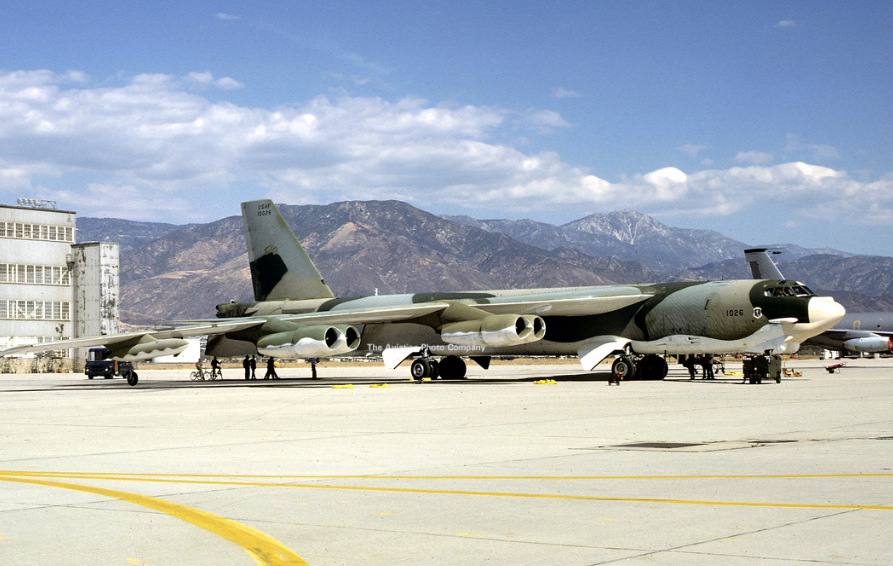
The most significant difference between the B-52H and the earlier Stratofortresses is the replacement of the eight Pratt & Whitney J57-series turbojet engines with eight Pratt & Whitney Turbo Wasp JT3D-2 (TF33-P-3) turbofans, which are significantly more efficient. They are quieter and don’t emit the dark smoke trails of the turbojets.
The TF-33 is a two-spool axial-flow turbofan engine with 2 fan stages, a 14-stage compressor section (7-stage intermediate pressure, 7-stage high-pressure) and and a 4-stage turbine (1-stage high-pressure, 3-stage low-pressure). The TF33-P-3 has a maximum continuous power rating of 14,500 pounds of thrust (64.499 kilonewtons) at 9,750 r.p.m., N1. Military Power, limited to 30 minutes, is 16,500 pounds (73.396 kilonewtons) at 10,000 r.p.m., N1. Each engine produces a maximum of 17,000 pounds of thrust (75.620 kilonewtons) at 10,050 r.p.m., N1, with a 5-minute limit. The TF33-P-3 is 11 feet, 4.32 inches (3.4625 meters) long, 4 feet, 4.93 inches (1.3442 meters) in diameter and weighs 3,900 pounds (1,769 kilograms).
The B-52H has a cruise speed of 456 knots (525 miles per hour/845 kilometers per hour). It has a maximum speed, with Military Power, of 555 knots (639 miles per hour/1,028 kilometers per hour) at 20,700 feet (6,309 meters)—0.906 Mach. The service ceiling is 46,900 feet (14,295 meters). The unrefueled range is 8,000 miles (12,875 kilometers). With inflight refueling, its range is limited only by the endurance of its crew.
The B-52H was armed with a 20mm M61A1 Vulcan six-barreled rotary cannon in a remotely-operated tail turret. The gun had a rate of fire of 4,000 rounds per minute, and had a magazine capacity of 1,242 rounds. After 1991, the gun and its radar system were removed from the bomber fleet. The flight crew was reduced to five.
The B-52H can carry a wide variety of conventional free-fall or guided bombs, land-attack or anti-ship cruise missiles, and thermonuclear bombs or cruise missiles. These can be carried both in the internal bomb bay or on underwing pylons. The bomb load is approximately 70,000 pounds (31,751 kilograms).
At the time of the crash, 61-0026 had a total of 12,721.5 hours on its airframe. It was the only B-52 remaining at Fairchild AFB and had been meticulously maintained and inspected. There were no discrepancies related to the accident. It was valued at $73,700,000.
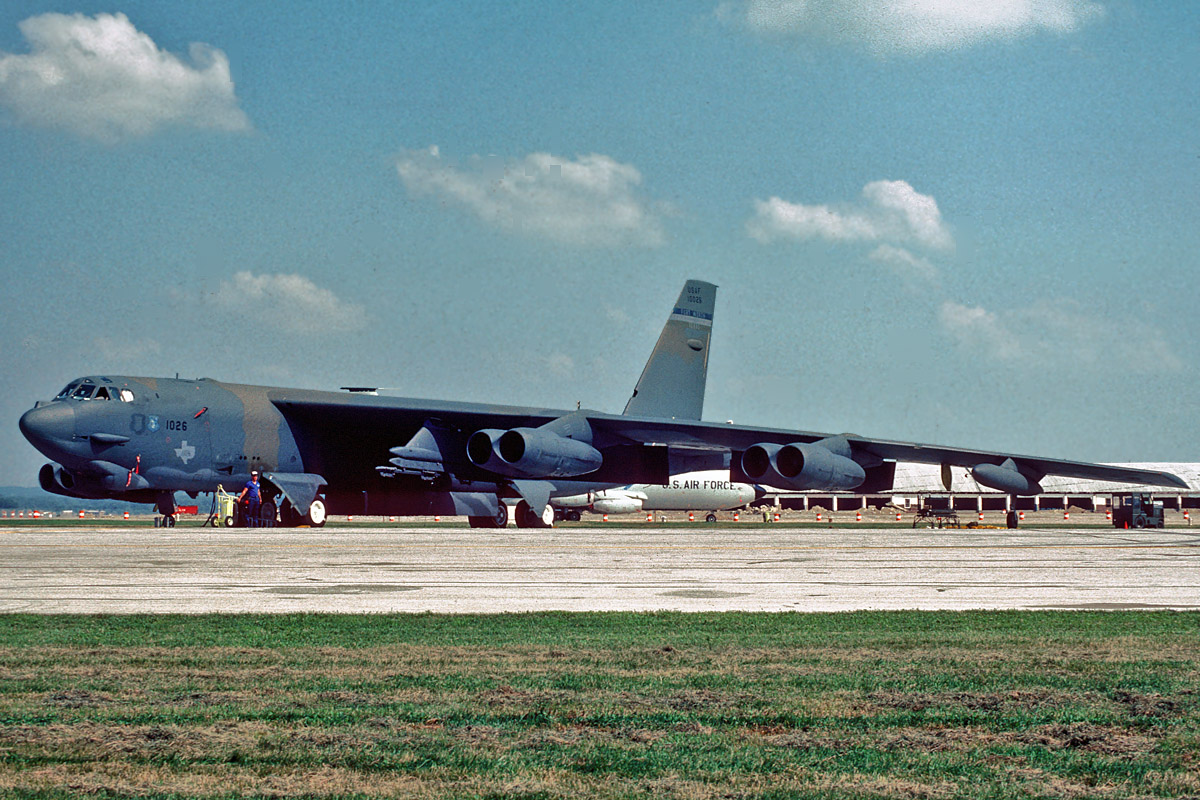
Arthur Alan (“Bud”) Holland was born 7 September 1947, in Suffolk, Virginia. He was the son of Arthur Leroy and Virginia Holland.
Holland attended Campbell University, Bules Creek, North Carolina, where he was a cadet in Reserve Officers Training Corps. He received a commission as a second lieutenant, United States Air Force Reserve in January 1971.
Holland and his wife, Sarah Anne, had two daughters, Heather Lee and Mary Margaret.
At the time of his death, Holland had served in the U.S. Air Force for over 23 years. He was a rated Command Pilot with a total of 5,275.3 flying hours, with 5,038.3 hours in the B-52 series (61.1 hours combat, B-52G).
Holland’s remains were interred at Fairmont Memorial Park, Spokane, Washington.
¹ In the official U.S. Air Force Aircraft Accident Investigation Board report (AFR 110-14), the list of regulations and technical orders violated by Lieutenant Colonel Holland on this 18 minute flight takes up three full pages (Page 23, 24, and 25).
© 2018, Bryan R. Swopes
